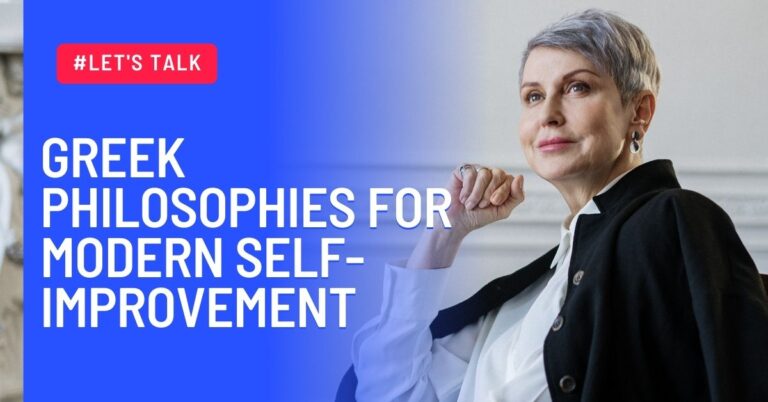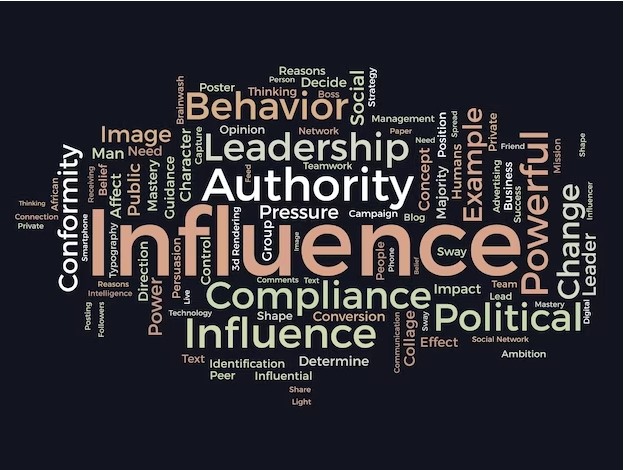What Is The Role Of Culture In Human Behavior
Overview
Imagine entering a foreign land, greeted by smiles that feel slightly off, punctuality viewed through a different lens, and silence carrying unexpected weight. These seemingly subtle nuances are the whispers of culture, shaping human behavior in ways we rarely recognize. But beneath the surface lies a complex code, a set of hidden algorithms dictating our choices, values, and even emotions. Let’s embark on a journey to decode what is the role of culture In Human Behavior, venturing beyond visible customs to uncover the profound and often unconscious ways culture shapes who we are.
A. Beyond Traditions: Unveiling the Subliminal Code of Culture
Culture encompasses more than vibrant festivals or elaborate wedding ceremonies. It delves into the invisible frameworks that guide our decisions, known as cultural schemas. These mental shortcuts shape how we perceive the world and react to situations. Imagine two individuals facing a conflict: one from a culture emphasizing direct communication, the other from a culture valuing indirectness. Their approaches will differ dramatically, guided by these ingrained cultural lenses.
Further complicating the equation are implicit biases, unconscious preferences woven into the fabric of society. These biases, often stemming from historical experiences or societal norms, can influence our perceptions of others and even our own self-worth. Imagine a woman in a male-dominated field subconsciously downplaying her abilities due to implicit gender biases. Addressing these invisible forces is crucial for creating a more equitable and inclusive world.
Finally, don’t underestimate the power of rituals. From shaking hands to sharing meals, these seemingly mundane actions hold profound psychological significance. Rituals reinforce cultural values, foster a sense of belonging, and even shape our emotional states. Imagine the calming effect of a shared prayer before a meal or the unifying power of a national anthem sung in unison. These rituals tap into deep-seated cultural algorithms, influencing our behavior in subtle yet powerful ways.
B. The Data We Don’t Track: Quantifying Culture’s Subtle Influences
While cultural influences often operate subconsciously, their impact can be quantified. Consider cultural emotionality, the tendency of societies to express and experience emotions differently. Imagine cultures known for their reserved demeanor versus those where emotions are openly displayed. These differences not only affect communication but also impact decision-making and conflict resolution.
Another intriguing data point is the cultural perception of time. In some cultures, punctuality is paramount, while others prioritize flexibility. Imagine the potential for misunderstandings when individuals from these contrasting cultures collaborate. Recognizing these time-based algorithms is crucial for effective cross-cultural communication.
Finally, let’s not forget the power of silence. In some cultures, silence signifies contemplation or respect, while in others, it can be perceived as awkward or even offensive. Understanding these cultural norms surrounding silence is essential for navigating social interactions and avoiding unintended faux pas. By delving into this data, we gain valuable insights into the invisible algorithms that shape our emotional landscapes and social interactions.
II. The Cultural Fingerprint: How Shared Experiences Shape Individuals
Culture is not merely an external force; it shapes the very fabric of who we are. Studies suggest that the environment we grow up in, with its unique cultural values and practices, plays a significant role in shaping our personality. Imagine two individuals growing up in contrasting cultures, one emphasizing individualism, the other collectivism. Their values, communication styles, and even risk-taking behavior will likely differ significantly.
But individuality doesn’t disappear within the cultural mold. The key lies in understanding the concept of the “cultural personality”, a set of personality traits specific to a particular culture. Think of the stoicism often associated with certain cultures or the expressiveness characteristic of others. While these cultural personalities influence us, they don’t erase our unique individuality. Instead, they provide a framework within which we express ourselves and navigate the world.
Furthermore, culture shapes our identity through powerful narratives. From folktales to historical accounts, these stories shape our understanding of ourselves, our place in the world, and our values. Imagine the impact of heroic myths on a culture’s view of courage or cautionary tales shaping its risk-taking behavior. Recognizing the power of these cultural narratives is crucial for understanding individual and collective identities.
III. Culture’s Living Laboratory: Exploring the Frontiers of Human Behavior
Culture is not static; it evolves and adapts, presenting exciting opportunities to explore the future of human behavior. One fascinating area is cultural hacktivism, leveraging cultural insights to promote positive social change. Imagine designing public health campaigns tailored to specific cultural norms or utilizing storytelling to address cultural biases. By understanding cultural algorithms, we can craft interventions that resonate deeply and drive meaningful change.
Another frontier lies in deconstructing stereotypes and fostering cross-cultural empathy. Imagine educational programs that expose individuals to diverse cultural perspectives or initiatives that promote meaningful interactions between people from different backgrounds. By bridging cultural divides, we can build a more inclusive and understanding world.
The Cultural Frontier: Emerging Trends and Their Behavioral Implications
The digital age has ushered in a new era of cultural exchange, blurring geographical boundaries and creating a hybrid cultural landscape. Imagine individuals adopting elements from various cultures, forming unique identities that transcend traditional categories. This cultural blending presents exciting opportunities for personal growth and understanding, but also challenges us to navigate issues of cultural appropriation and identity formation in a globalized world.
Technology itself is a powerful force shaping cultural norms and behaviors. Imagine the impact of social media on communication styles, attention spans, and even self-perception. Understanding how technology interacts with and reshapes cultural algorithms is crucial for navigating the complex digital landscape and ensuring responsible technological development.
Finally, some experts propose a potential “cultural singularity“, where advancements in technology could fundamentally alter human nature and behavior. While this remains a distant and speculative proposition, it highlights the ongoing dialogue about the interplay between culture and biology in shaping who we are. By engaging in these discussions, we can ensure that technological advancements serve humanity’s best interests and preserve the richness and diversity of cultural expression.
Conclusion: Beyond the Algorithm, Embracing the Dance
Culture is not a rigid set of rules but a dynamic dance between individual expression and shared experiences. It shapes our thoughts, emotions, and actions in ways we often don’t realize. By decoding the hidden algorithms of culture, we gain a deeper understanding of ourselves, each other, and the complex tapestry of human behavior. This understanding fosters empathy, appreciation for diversity, and the ability to navigate an increasingly interconnected world.
Remember, cultural awareness is a lifelong journey. Embrace the opportunity to learn, explore, and challenge your own cultural biases. As we continue to decode the algorithms of culture, let us use this knowledge to build bridges, promote understanding, and create a world where the richness of human diversity is celebrated and embraced.






